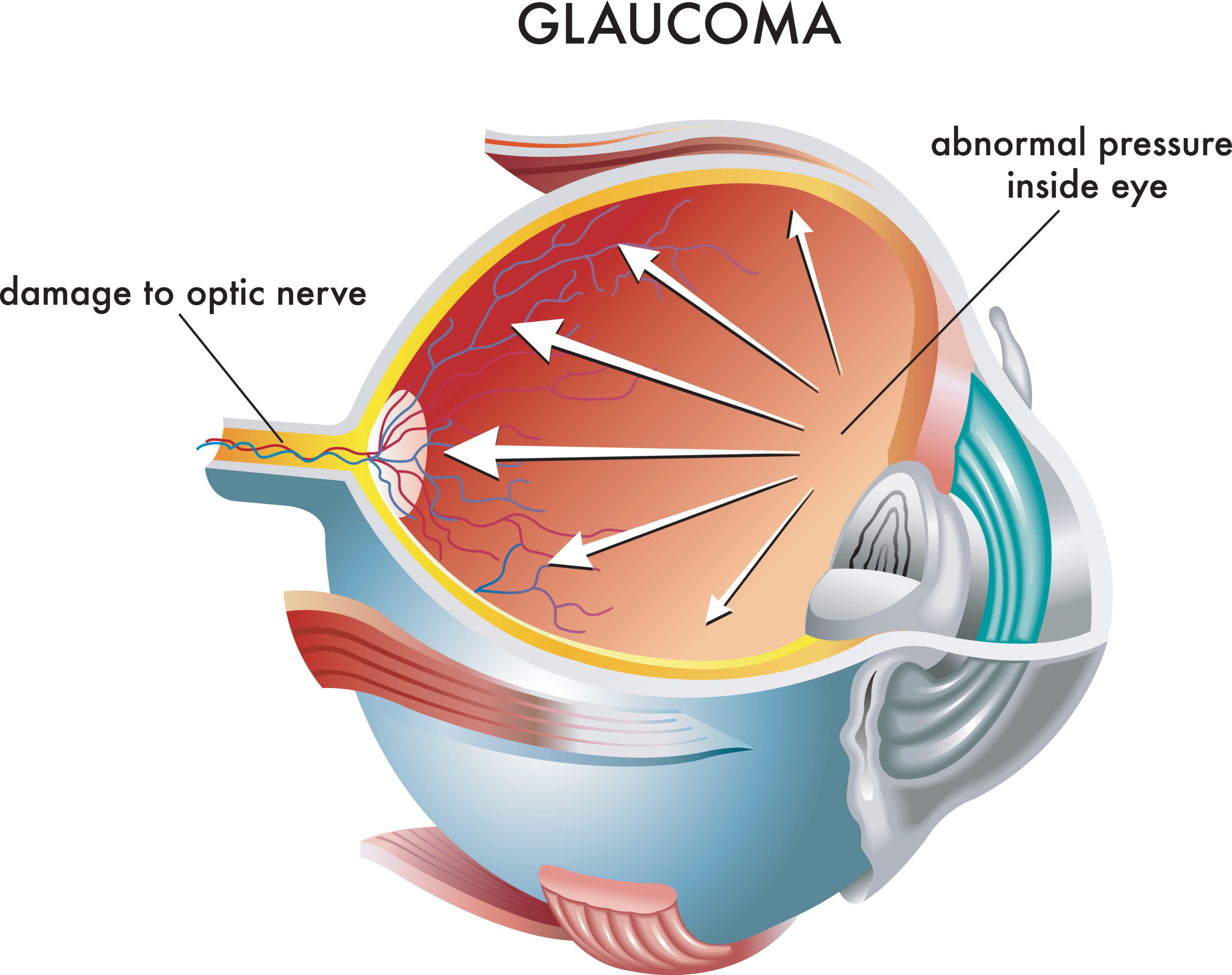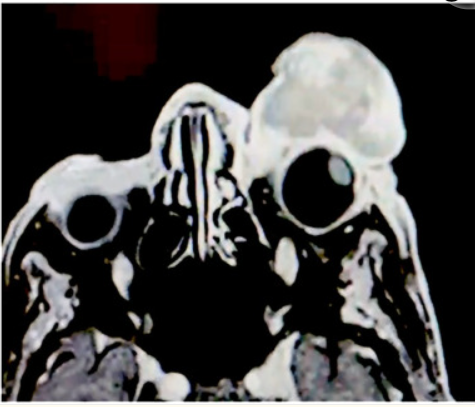
Researchers, led by Takashi Nishida, MD, PhD, investigated the association between intraocular pressure variation and retinal nerve fiber layer thinning in patients with open-angle glaucoma. According to their study, higher pressure variability was independently associated with structural changes in glaucoma, even after adjusting for mean intraocular pressure. The findings were presented in JAMA Ophthalmology.
This was a retrospective analysis of a longitudinal cohort containing 815 eyes from 508 patients, 564 with perimetric glaucoma and 251 with preperimetric glaucoma. Included eyes had at least 4 visits and 2 years of follow-up with optical coherence tomography and intraocular pressure measurements between December 2008 and October 2020.
Intraocular Pressure Variation Associated With Retinal Nerve Fiber Layer Thinning
From November 2021 to March 2022, the researchers used linear mixed-effect models to explore associations between intraocular pressure parameters with rates of retinal nerve fiber layer thinning, as well as dominance analysis to establish the relevance of parameters of interest in open-angle glaucoma.
Over a mean follow-up of 6.3 years, the mean rate of retinal fiber layer change was -0.67 μm per year (95% CI, -0.73 to -0.60). In multivariate analysis adjusted for mean intraocular pressure and other confounders, higher standard deviation of intraocular pressure (-0.20 per 1 mm Hg higher; 95% CI, -0.26 to -0.15; P<.001) or higher intraocular pressure range (-0.05 μm per 1 mm Hg higher; 95% CI, -0.06 to -0.03; P<.001) were associated with a faster annual rate of retinal nerve fiber layer thinning.
In summary, the authors wrote that “intraocular pressure variability was independently associated with structural change in patients with glaucoma, even after adjustment for mean intraocular pressure, supporting its potential value in clinical management.”







 © 2025 Mashup Media, LLC, a Formedics Property. All Rights Reserved.
© 2025 Mashup Media, LLC, a Formedics Property. All Rights Reserved.